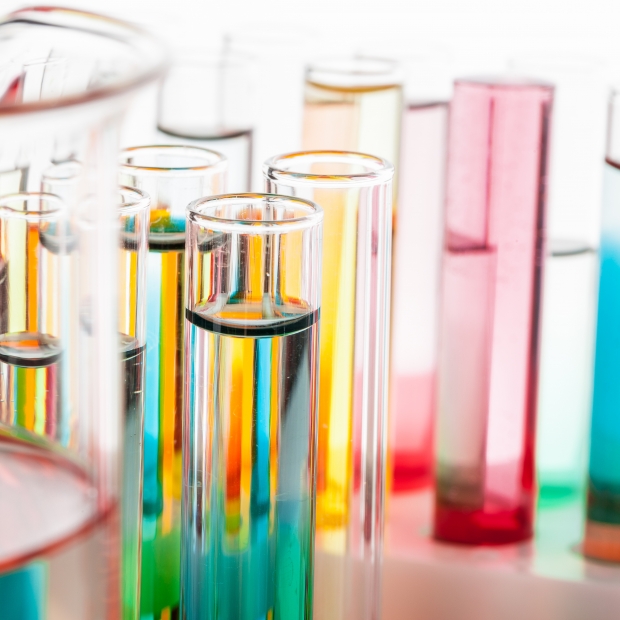Photochromic OP Dye Material
A. Principle
When photochromic material absorbs UV ray energy (such as sunlight, UV-A, and UV-B rays), its molecular structure changes and reverts to colored. Upon removing or leaving the lights, the molecular structure gradually returns to its original state, and reverts to colorless.
OP dye powder requires to dissolve in a medium (such as solvent, resin, and polymer) to become photosensitive and change its color.
B. Product Information
Specification:Powder
Particle Size:Soluble dye
Absorbance:280~400nm
Certification:EN-71-3, RoHS
Standard Colors:
 |
 |
 |
 |
|
#12 Purple
|
#13 Sky Blue
|
#14 Blue
|
#16 Yellow
|
 |
 |
 |
 |
|
#17 Peach Orange
|
#18 Orange
|
#19 Magenta
|
#22 Grey
|
 |
 |
 |
 |
|
#33 Grenadine
|
#34 Carmine
|
#62 Dark Jungle Green
|
#84 Amethyst
|
(The above colors are for reference only.)
C. Available Forms & Applicability:
| No. | Forms | Dye | Masterbatch |
|---|---|---|---|
| 01 | Suggest Concentrations | Suggest Concentrations:0.02~0.3%w/w(0.1%) |
|
| 02 | Aqueous:Ink, Paint | ||
| 03 | Plastic Injection, Extrusion | Suggest Concentrations:0.01~0.3%w/w(0.01%) |
Suggest Concentrations:1~5%w/w(1%) |
:Applicable、 :Conditionally Applicable、 :Not Applicable。
D. Notice:
1. OP dye, in formulations with different polarities (pH value), will affect the displayed color.
2. Photochromic materials and products should be sealed and kept in dark to prevent UV aging that will affect color-changing function.
3. When adding UV absorbers, it’s essential to confirm the absorption wavelength of op dye, and choose a suitable UV absorber to prevent inadequate coloration.
4. Processing temperature should not exceed 200°C.

